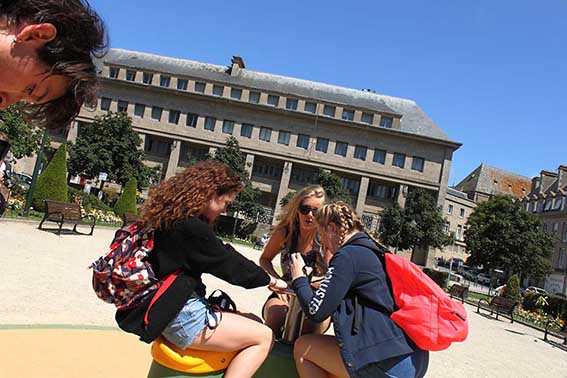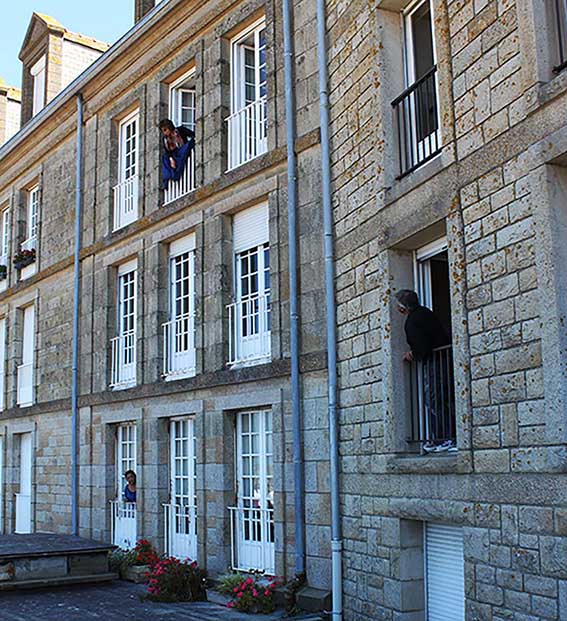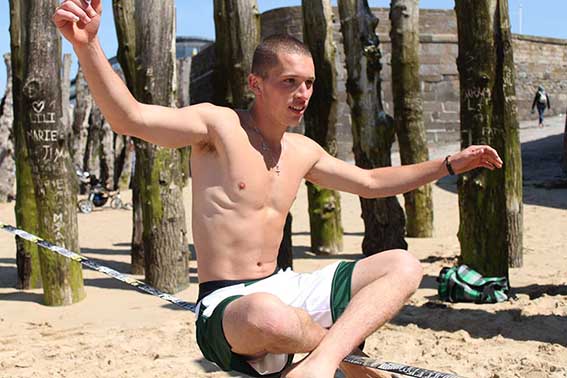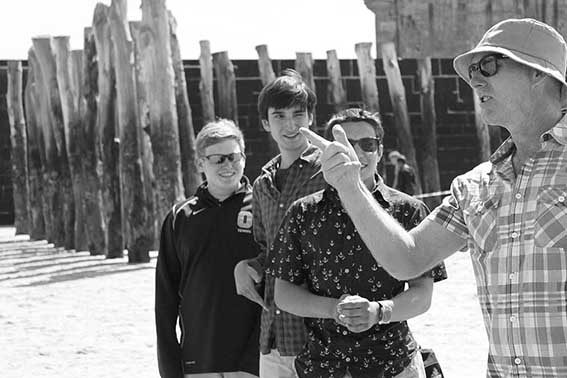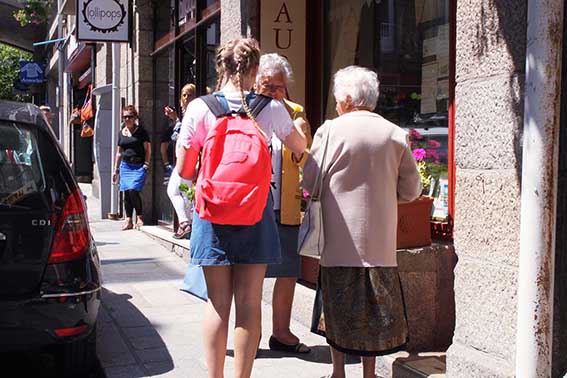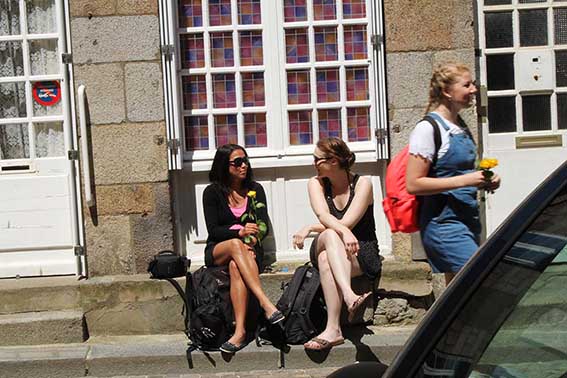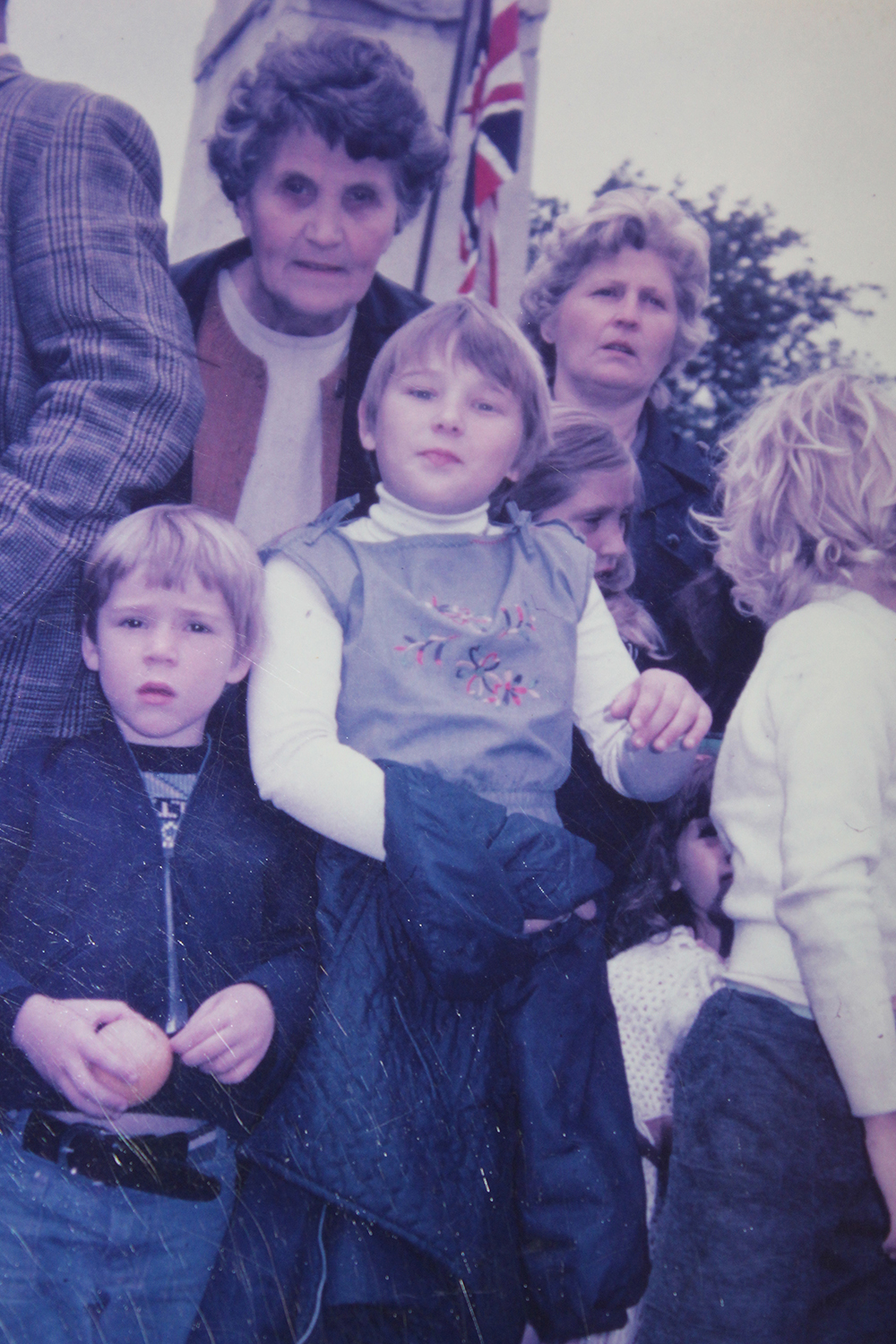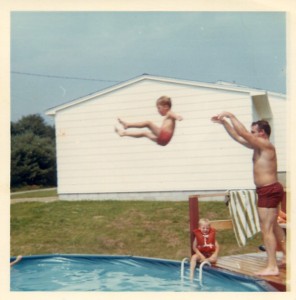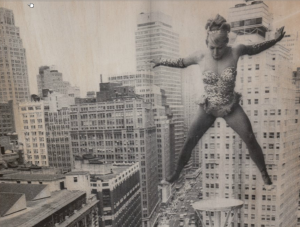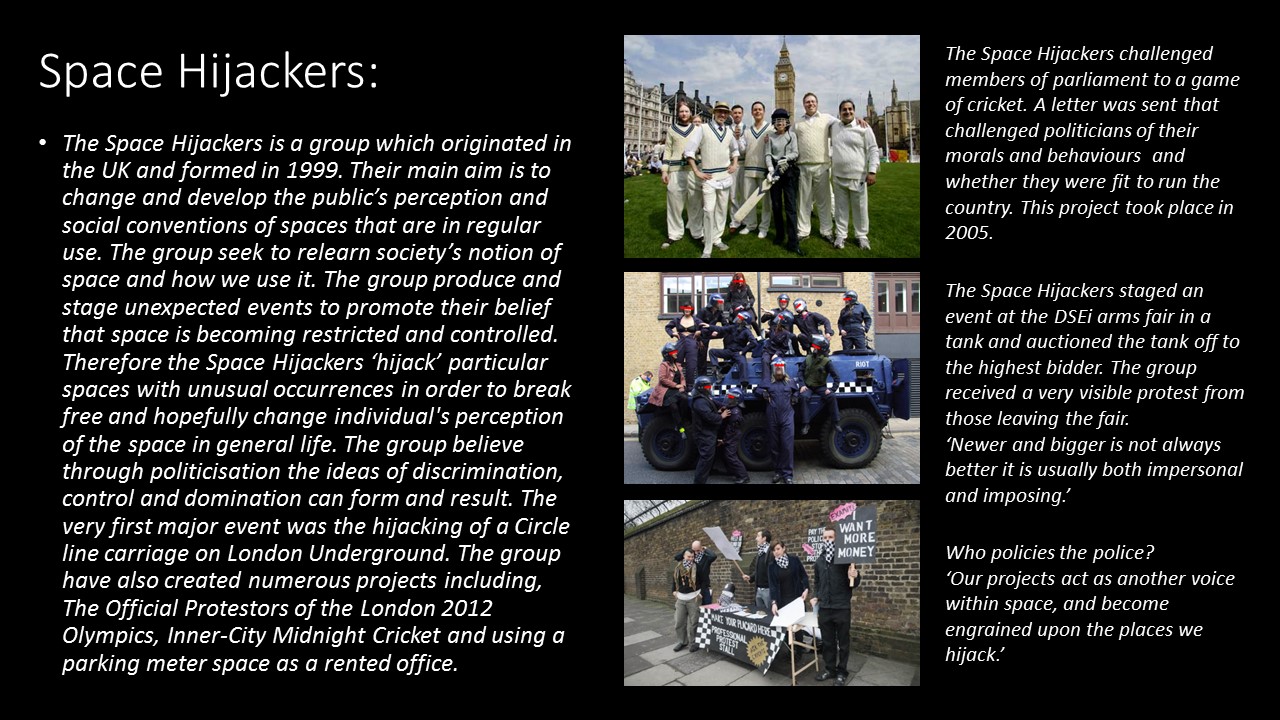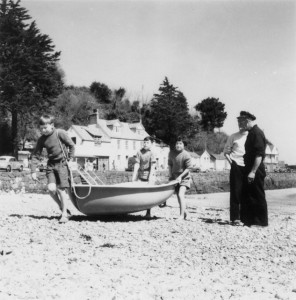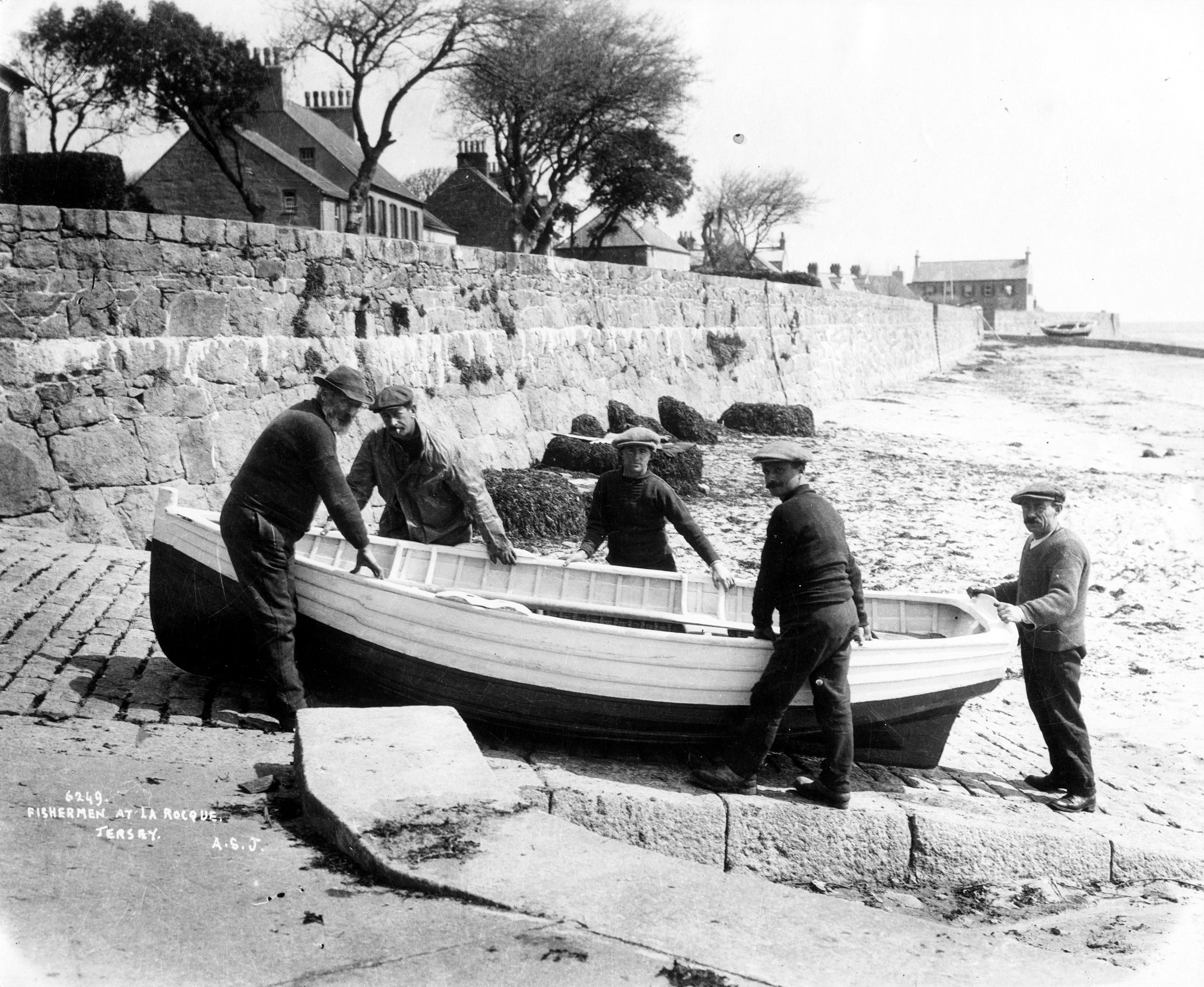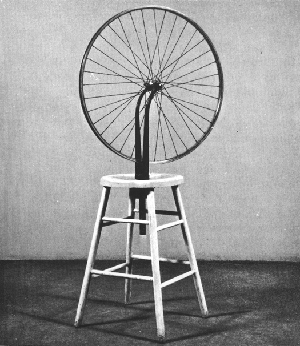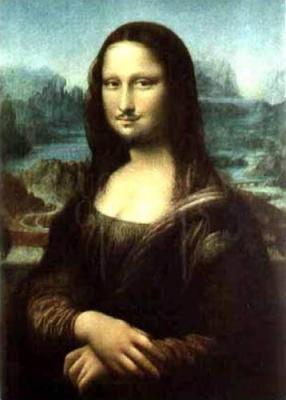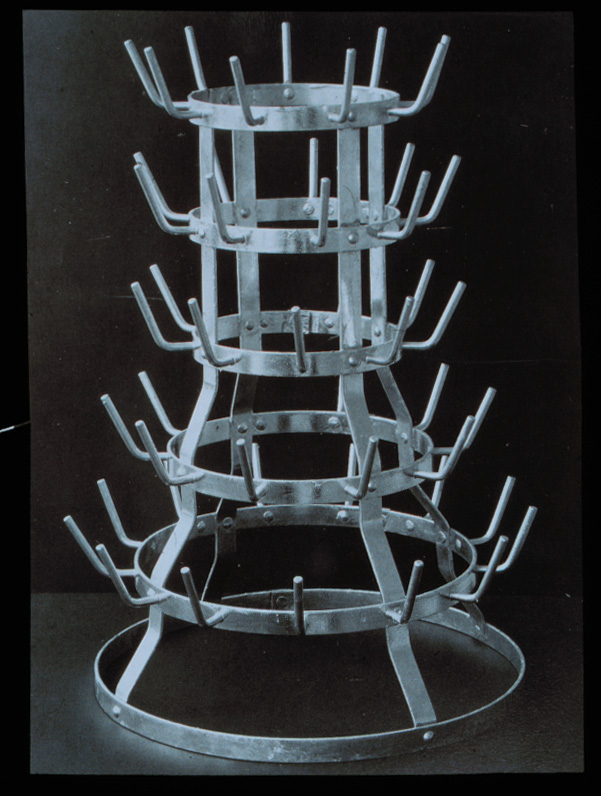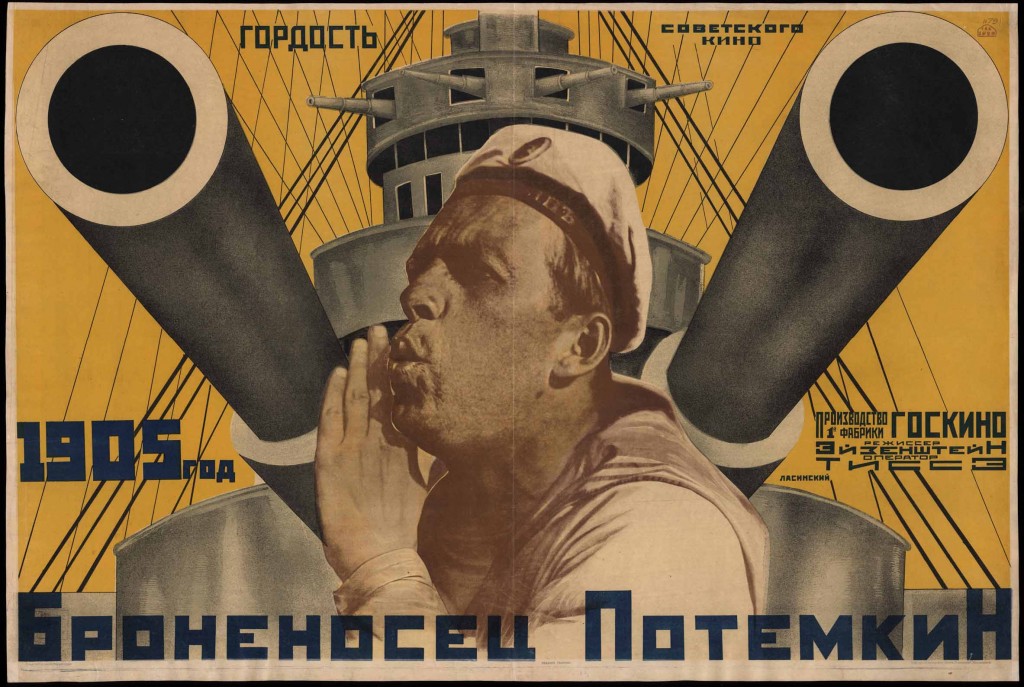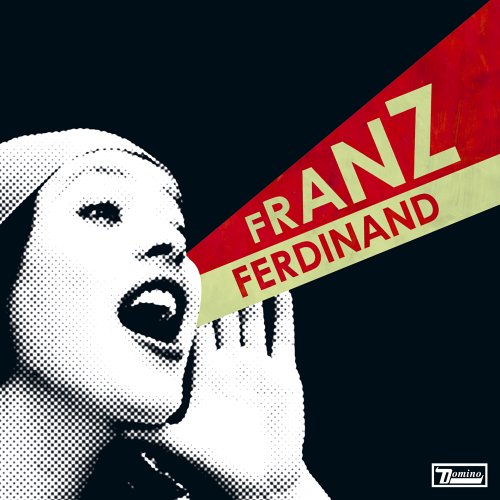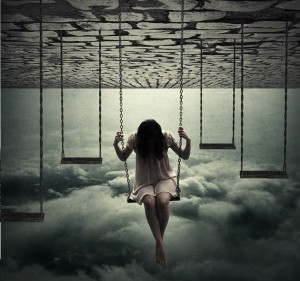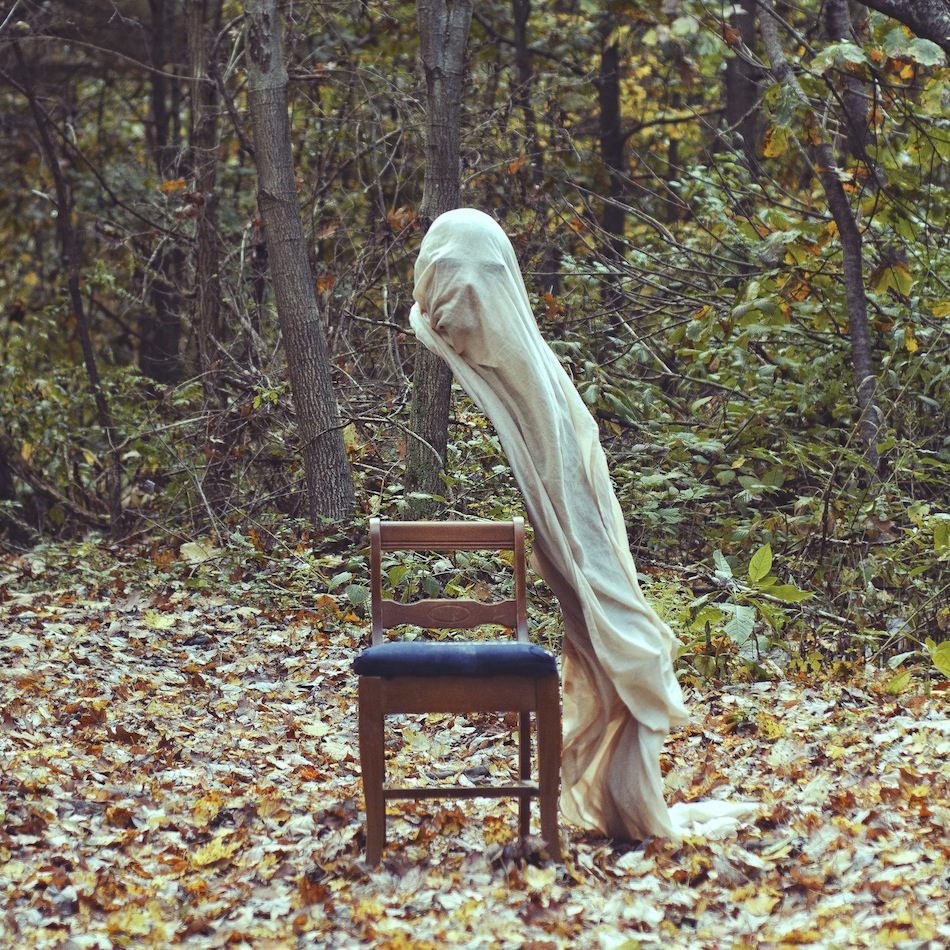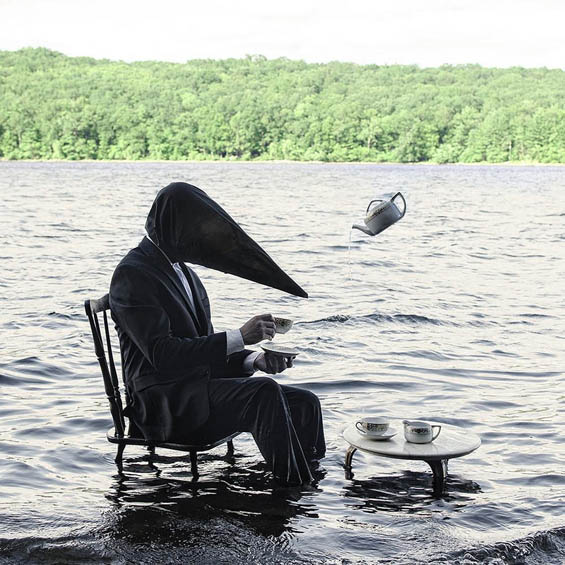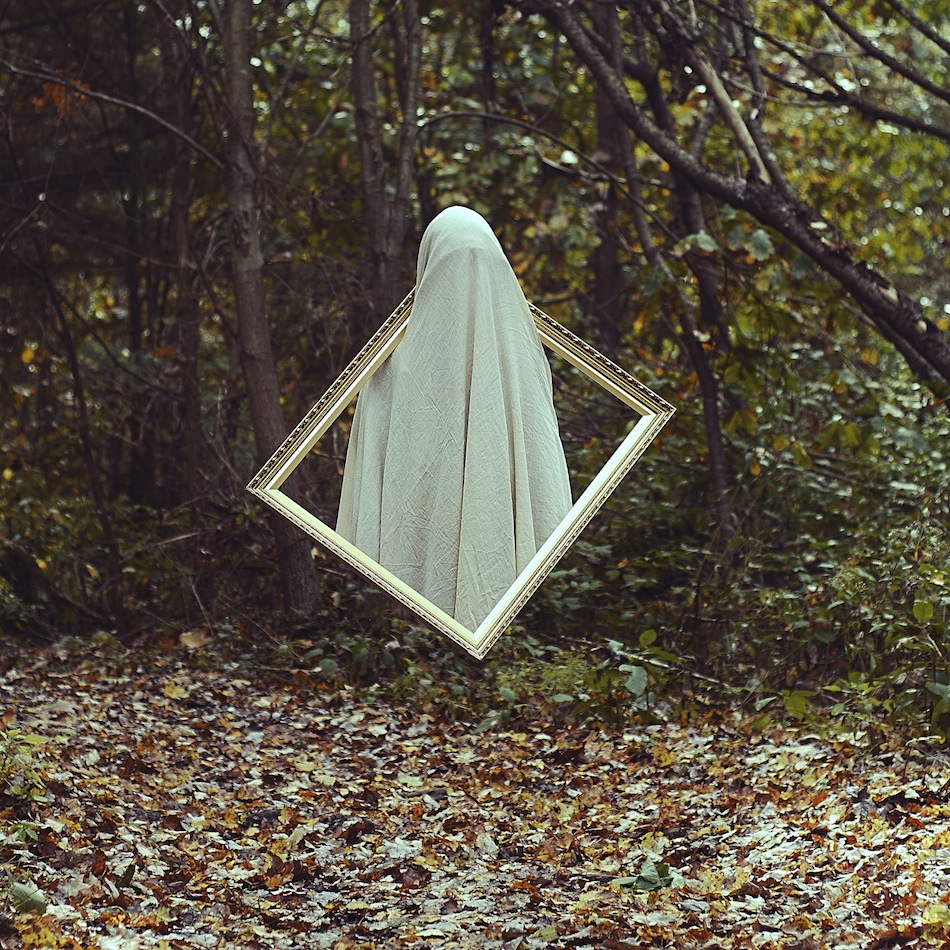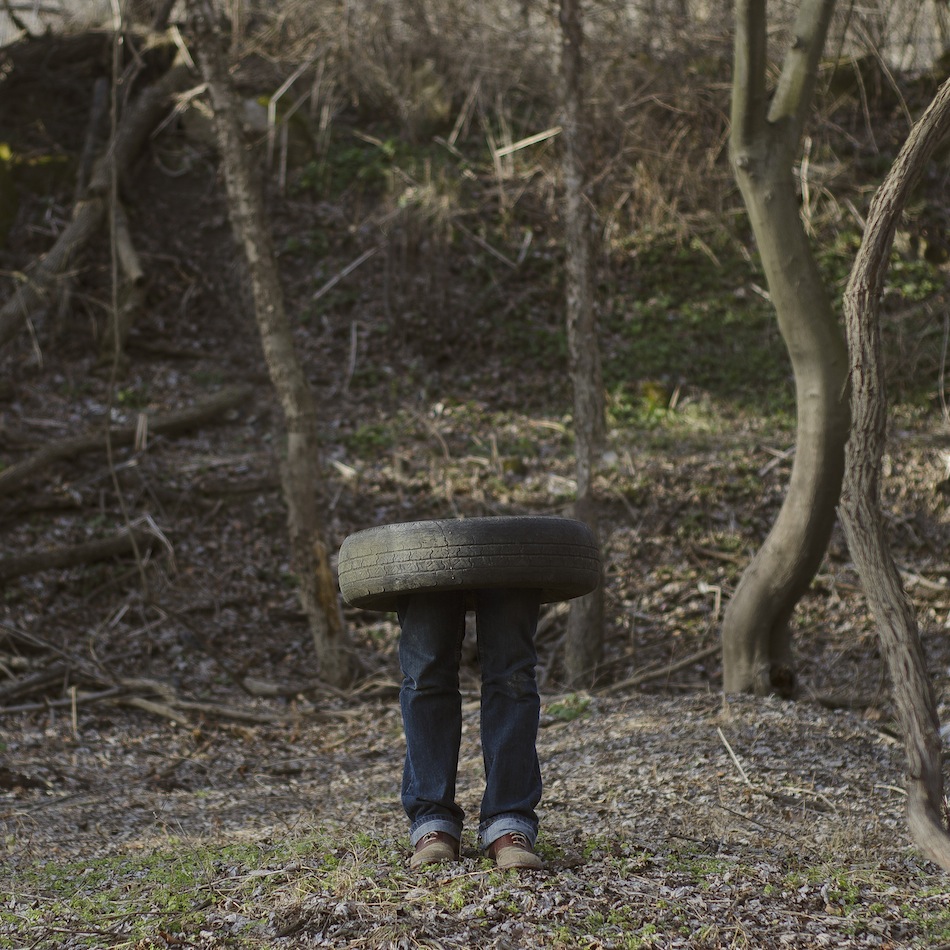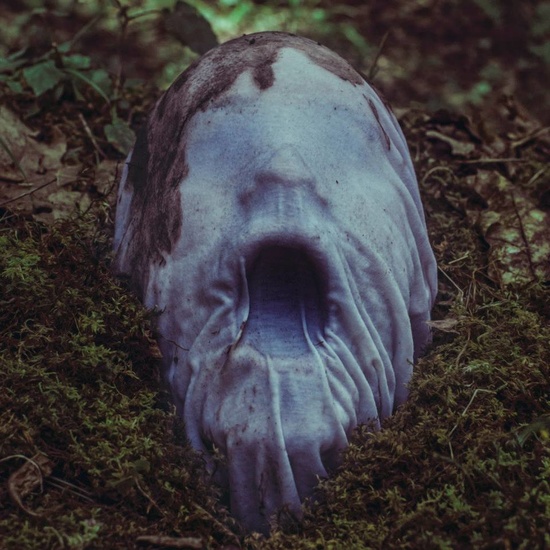I am really interested in this movement and have decided that I want to create images based around this. For this have taken inspiration from John Baldessari and have recreated his works with the dots in front of people’s faces. I used photographs which I have already taken and just added in the dots on top of the images. I am also going to take inspiration from Christopher Mckenney and will be experimenting with his style throughout the week as well as experimentation with photo montage and dream-like images.


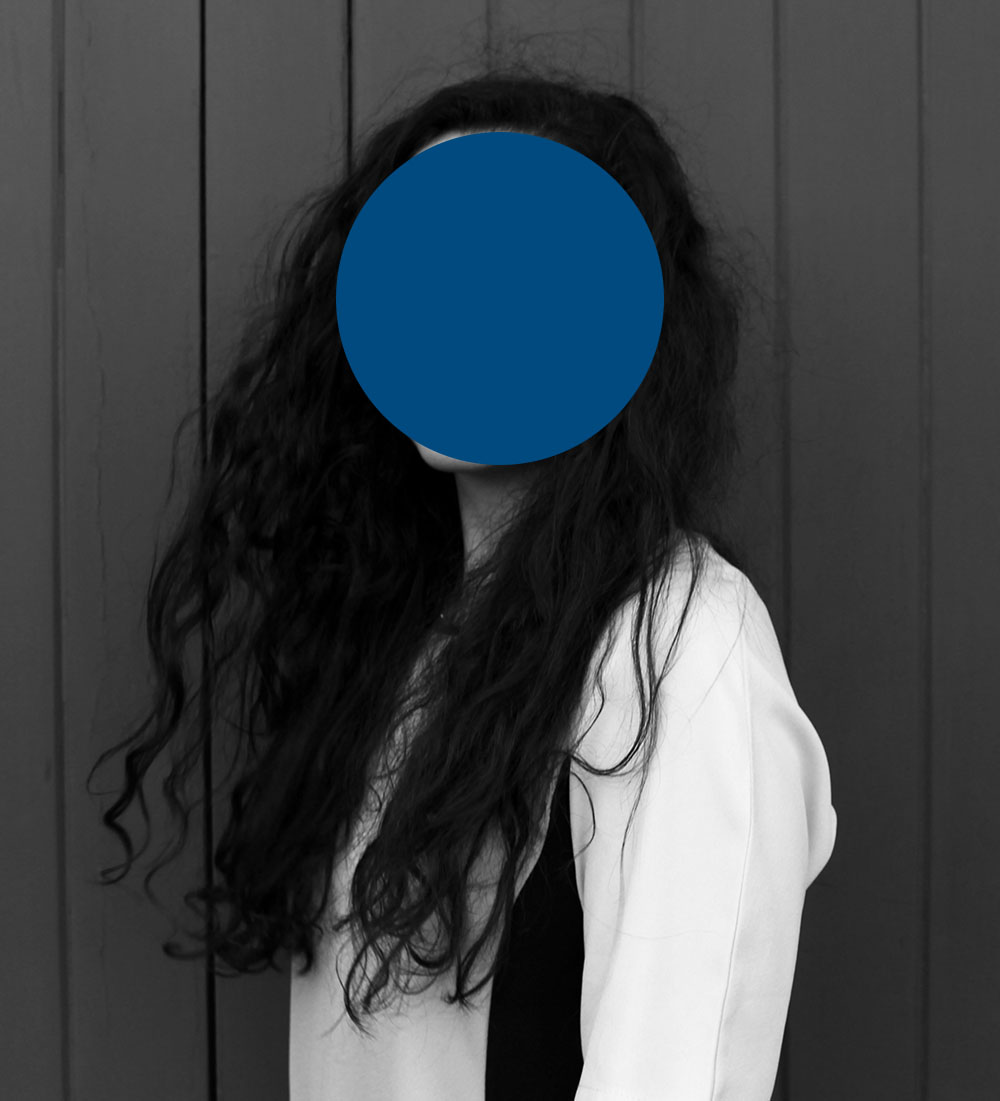
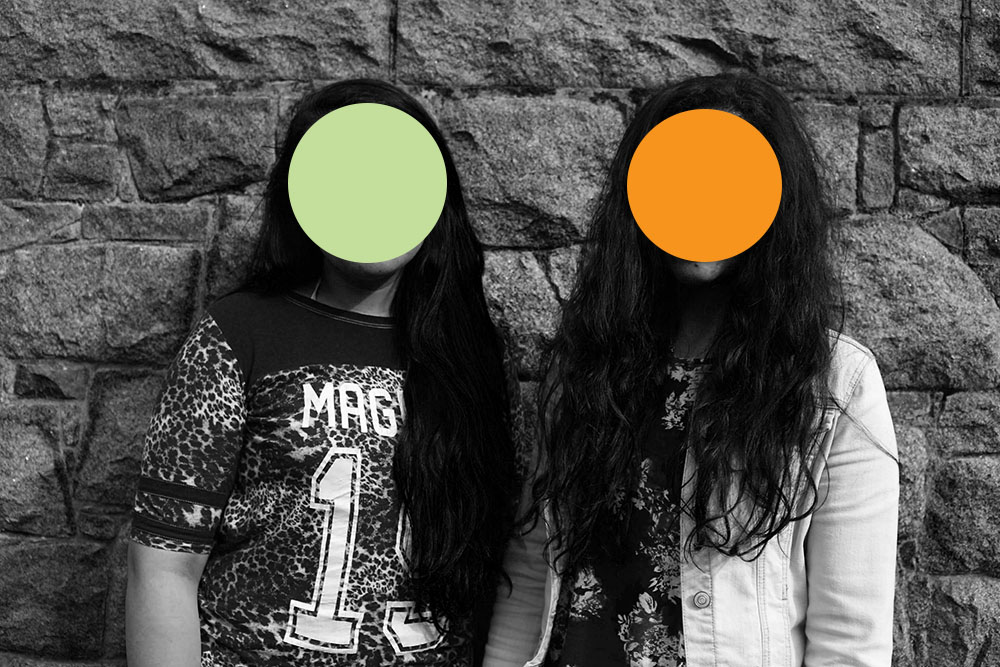

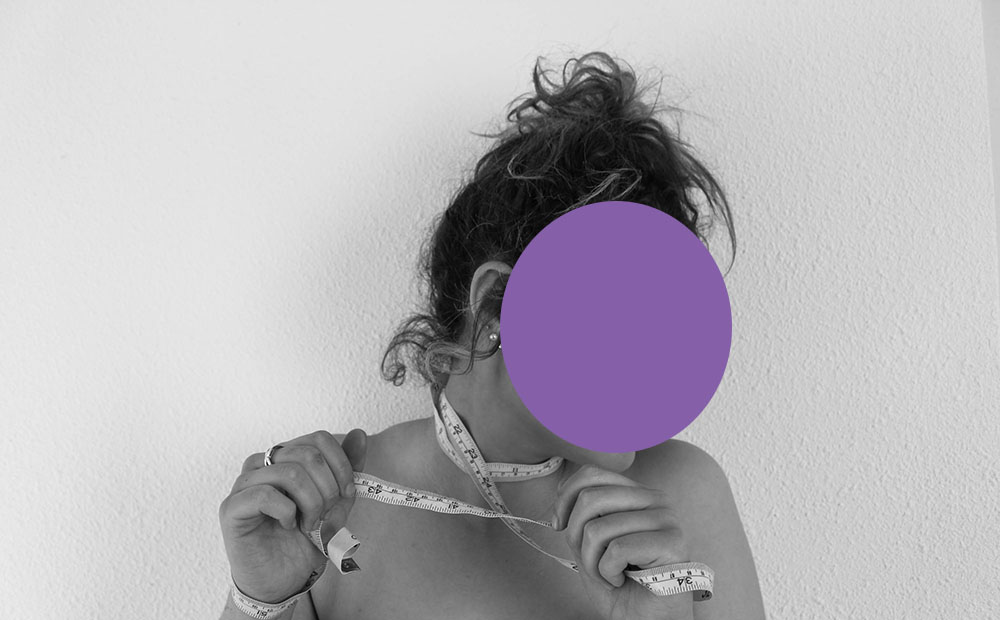



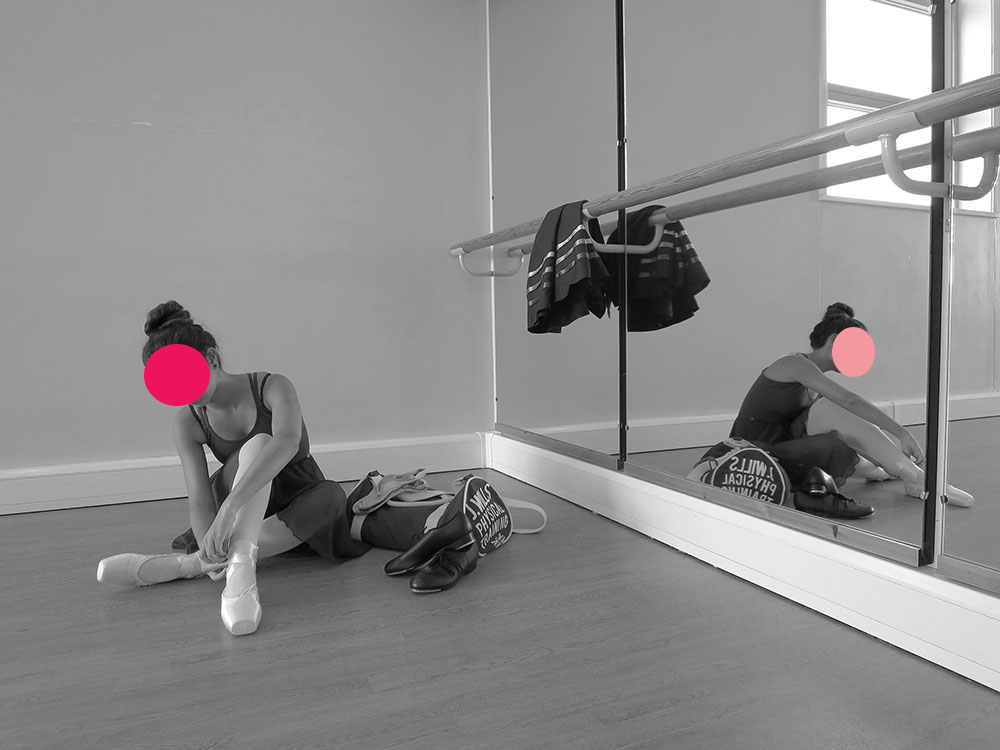
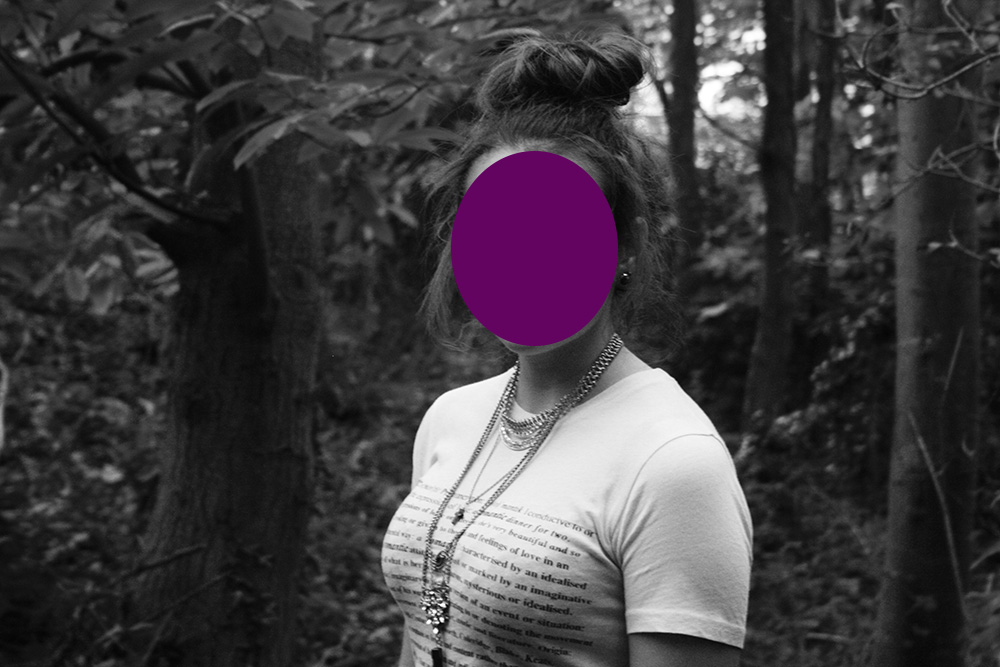 I have also been looking at the surrealist photographer Christopher McKenney and I find a lot of his work very interesting and I enjoy looking at it, which is why I am using his work as influence for my own work and my own surrealist dreams brought to life through photography. I wondered what it would be like if two surrealist photographers joined together to create a brand new image, unique to the rest of their own images and I decided that I wanted to use my inspiration from John Baldessari and Christopher McKenney in order to create a new surrealist photograph. I have started with some experimentation and used photographs that I had taken while on the St Malo trip and on the workshop with Tom Pope. This is just so I can get a feel of what I will need to do during the week to make the perfect image. I am not using this next image as one of my final outcomes but it is just an experimentation to see how I will need to take photographs throughout the week.
I have also been looking at the surrealist photographer Christopher McKenney and I find a lot of his work very interesting and I enjoy looking at it, which is why I am using his work as influence for my own work and my own surrealist dreams brought to life through photography. I wondered what it would be like if two surrealist photographers joined together to create a brand new image, unique to the rest of their own images and I decided that I wanted to use my inspiration from John Baldessari and Christopher McKenney in order to create a new surrealist photograph. I have started with some experimentation and used photographs that I had taken while on the St Malo trip and on the workshop with Tom Pope. This is just so I can get a feel of what I will need to do during the week to make the perfect image. I am not using this next image as one of my final outcomes but it is just an experimentation to see how I will need to take photographs throughout the week. 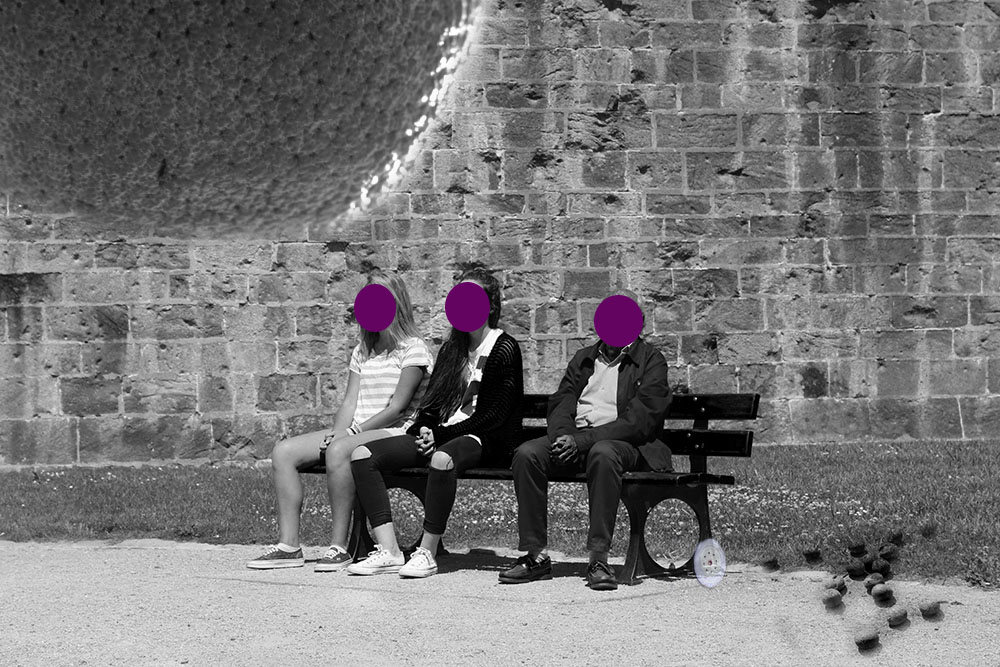 The meaning behind this photograph has different elements. The oranges on the floor and the giant orange represent the workshop day out we had and the small wheel on the floor represents our day in St. Malo. The reason I chose to have all of the faces covered in the same purple dot was because Sophie and I were copying this man and imitating him so I thought it would be a good idea to have the same coloured dot as we are supposed to look the same as one another.
The meaning behind this photograph has different elements. The oranges on the floor and the giant orange represent the workshop day out we had and the small wheel on the floor represents our day in St. Malo. The reason I chose to have all of the faces covered in the same purple dot was because Sophie and I were copying this man and imitating him so I thought it would be a good idea to have the same coloured dot as we are supposed to look the same as one another.

